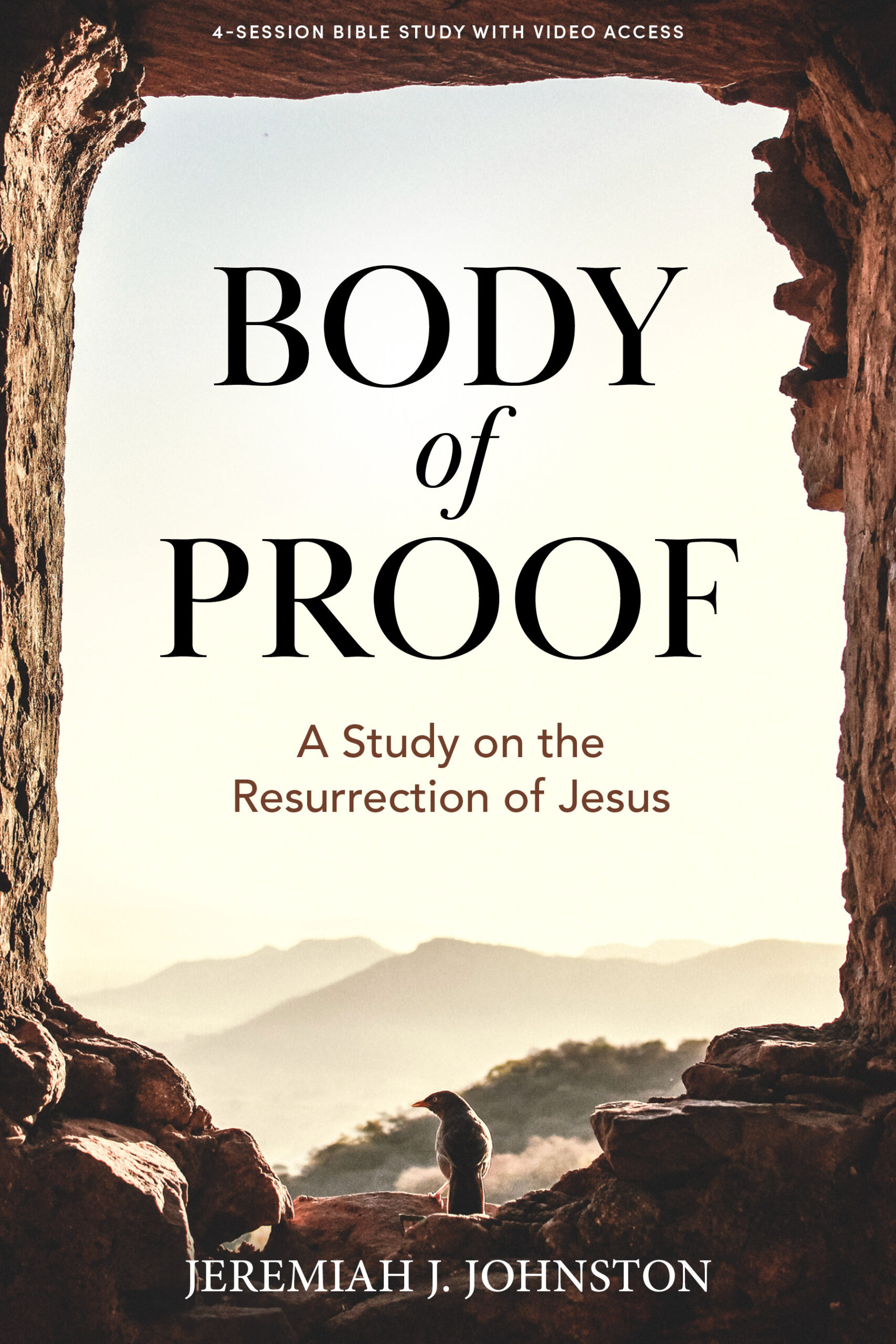One thing all people have in common is a desire to be happy. God wired human beings with a desire for joy and fulfillment. Have you ever met someone who hasn’t pursued happiness? Me neither. But it doesn’t take long to realize this world is filled with pitfalls that can derail happiness. Evidence of darkness is everywhere we look, and we even see it in our own lives. Maybe it’s in the form of loneliness, fear, depression, or guilt. Deep down, we know things aren’t the way they are supposed to be, but we don’t know how to fix it. Thankfully, in His mercy, God sent light into the darkness.
In the beginning was the Word, and the Word was with God, and the Word was God. He was with God in the beginning. All things were created through him, and apart from him not one thing was created that has been created. In him was life, and that life was the light of men. That light shines in the darkness, and yet the darkness did not overcome it. John 1:1-5
The opening verses in John’s Gospel are known as the prologue, and this passage is one of the most informative accounts of Jesus’ coming. Right away, the apostle John reveals that Jesus is more than a teacher or a prophet— Jesus is God (John 1:1,14), and He is the source of all light.
In Scripture, the words “light” and “life” are often referred to as the opposite of “death” and “darkness.” Metaphorically, death and darkness refer to sin and its effects on the world. Jesus came to shine light in the darkness—to turn off the dark. Since Jesus is all-powerful, He could’ve done this in any manner of His choosing. Certainly, Jesus could’ve shined His light from a distance, and it would’ve been powerful enough to reach us, but that’s not what He did. He made the choice to come to us.
The Light of Immanuel
See, the virgin will become pregnant
and give birth to a son,
and they will name him Immanuel,
which is translated “God is with us.”
Matthew 1:23
Did you catch that? Immanuel means “God with us.” Jesus entered into this dark world because He wanted to be with us. He isn’t distant or aloof. Jesus willingly took on flesh. In doing so, Jesus entered into our pain and suffering with the intention of being present with us and shining a light in the dark cracks and crevices of our lives.
Because Jesus came to earth and took on the form of a man, He can sympathize with our sins, sufferings, and weaknesses (Heb. 4:14-15). Jesus understands the hardships of being a human being, and He has compassion for us. Jesus not only understands our plight—He makes Himself entirely approachable and available to help. Consider this invitation from the Book of Hebrews.
Let us therefore come boldly to the throne of grace, that we may obtain mercy and find grace to help in time of need.
Hebrews 4:16
The Light that Destroys Death
It’s one thing to believe that Jesus can shine light into darkness and eradicate things like loneliness, fear, despair, and guilt. But what about when we are grieving the death of a loved one? Or what if we fear death ourselves? Paul addressed this topic in a letter to Timothy, his younger understudy. Paul wrote:
Jesus Christ […] has abolished death and brought life
and immortality to light through the gospel.
2 Timothy 1:10
Jesus came to turn off the darkness of death by turning on the light. Hebrews 2:15 says Jesus came to “release those who through fear of death were all their lifetime subject to bondage.” The incarnation came before the resurrection—so we could live with hope and die without fear. Paul wrote:
O Death, where is your sting?
O Hades, where is your victory?
1 Corinthians 15:55
Ask yourself:
- How does the hope we have in Jesus diminish the sting of death?
- How does the ability to grieve with hope make Christianity distinct?
- How does Jesus, through His death and resurrection, turn on the light?
- How can this impact how you encourage those in your group?
_____
This content has been excerpted and partially adapted from Personal Study 1 of Session 1: Turn off the Dark from Levi Lusko’s Through the Eyes of a Lion Bible study. Find out more about the study here.





Leave a Comment: